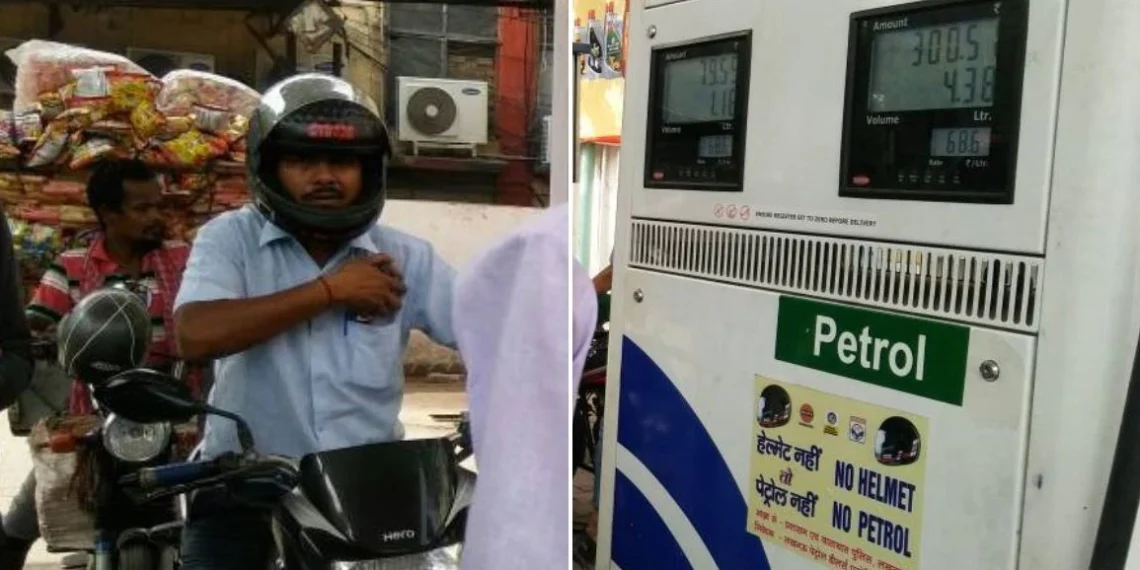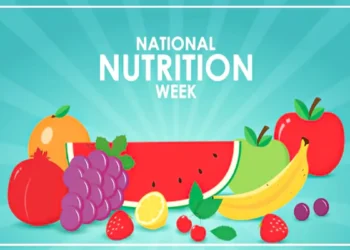Uttar Pradesh government has introduced a new safety measure to address the prevalent road safety issue in India. The month-long “No Helmet, No Fuel” campaign started by the state government operates across all petrol stations throughout Uttar Pradesh. The program has been established to force two-wheeler drivers to follow helmet regulations which help lower the incidence of fatal road accidents and severe injuries. The road safety initiative stands as a crucial step for Uttar Pradesh because the state consistently experiences one of the highest fatality rates from road accidents in India.
Policy Implementation and Enforcement
The campaign’s main approach requires petrol stations to withhold fuel delivery from riders who do not wear helmets on their vehicles. The program delivers an immediate and clear reason for people to follow the rules. Riders of two-wheelers who neglect safety regulations must now face the actual result of getting stuck without fuel when they fail to wear helmets. The program operates through partnerships with state traffic police who will conduct monitoring and maintain strict implementation of the rules. The petrol pump staff members receive instructions to check for helmet usage before selling fuel thus making the policy functional in real-world operations.
Public Awareness and Education
The Uttar Pradesh government implements enforcement with extensive public awareness programs.
Organizations distribute messages through television and social media and roadside signs to teach riders about helmet safety and road rules and traffic regulations. Wearing a helmet serves as an essential personal safety measure which goes beyond being a legal requirement according to the campaign. Safety communications reach rural and semi-urban populations through local language distribution because these areas show lower levels of awareness.
Focus on Two-Wheeler Riders
Two-wheeler riders represent the largest portion of road accident victims according to state statistics. Research shows that helmets decrease severe head injury risks together with fatalities by 40–50% during accidents. The campaign focuses on this particular demographic because it represents the highest risk group of road users. Officials predict that steady enforcement together with educational programs will produce noticeable accident decreases throughout time.
Community Engagement
Community members need to join the campaign through active involvement. The enforcement effort gains support from citizens who report violations while they help their friends adopt helmet usage. The campaign targets young riders through collaboration with educational institutions and community groups since this demographic demonstrates higher risk-taking behavior in road situations. A strong public engagement is necessary to build lasting road safety awareness which will sustain after the campaign ends.
Broader Implications
Public health along with governance benefits from the “No Helmet, No Fuel” initiative. Healthcare facilities face significant strain from road accidents and human capital diminishes when fatalities occur. The campaign’s success in reducing accidents will produce beneficial economic and social outcomes which enhance safety standards and workplace productivity. The successful rollout of this initiative in Uttar Pradesh could become an example which other states with comparable road safety problems can adopt.
Early Response and Results
The initial response indicates that riders have positive feedback about the initiative. The implementation has resulted in better compliance according to petrol pump attendants who observe riders selecting helmets voluntarily. The implementation of petrol pump enforcement by traffic authorities achieves excellent results through minimal roadside checks which leads to total compliance of riders. Observers point out that this approach promotes behavioral change because it combines enforcement with convenience instead of depending solely on fear-based policing methods.
Conclusion
Uttar Pradesh’s “No Helmet, No Fuel” campaign sets a progressive example in road safety management. By combining enforcement, education, and community engagement, the initiative significantly reduces two-wheeler accidents and encourages responsible driving habits. Its success could establish a national benchmark for road safety programs, saving lives and promoting sustainable traffic safety practices.








